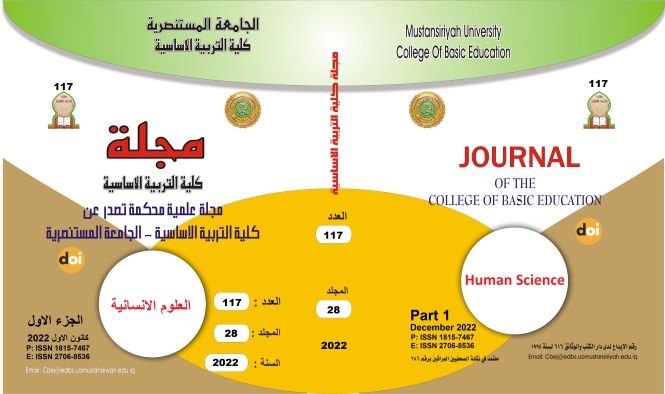Design formations and their reflections on showing the aesthetic values in the interior space of museums
Main Article Content
Abstract
The studied interior spaces of the museum contribute to the formation of an existing environment that includes all the characteristics of the historical act with all its activities. Therefore, it is necessary to pay attention to the interior design of museums by studying the visual characteristics, means of display and other complements in a way that shows the aesthetic values of the presentation functionally to communicate information to visitors. Design formations in museums and the lack of attention to the details of these formations, such as display units, lighting, colors and decoration formations, leads to the loss of their aesthetic value. Thus, the research problem can be formulated by the following question: What is the role of the design formations on showing the aesthetic values in the design of the interior spaces of museums?
The importance of research lies in supplying the design and art library and enhancing technical skills and capabilities to develop design formations and their reflection in showing the aesthetic values of interior design in museums and studying the spaces and distribution of the limitations and contents of museums, taking into consideration the consistency and harmony with the internal determinants of the internal spaces attached to them (display units, Lighting, furniture). The goal of the research study is to prepare an applied design on the design formations and their reflections on showing the aesthetic values in the interior space of the museums. As for the research limits, it was determined objectively by studying the design formations (in ceilings, floors and walls) and their reflections on showing the values of the aesthetic in the interior space of museums, while its spatial and temporal limits included the interior spaces of the various exhibition halls of museums in Turkey for the period (1984-2004).
Article Details

This work is licensed under a Creative Commons Attribution-ShareAlike 4.0 International License.
